No matter how impressive the design or how famous the name of the architect, some statement buildings are just not on the cards. We have selected a number of ambititous projects, some controversial, some ill-fated, that were conceived to become new landmarks in the British capital but were destined to remain concepts.
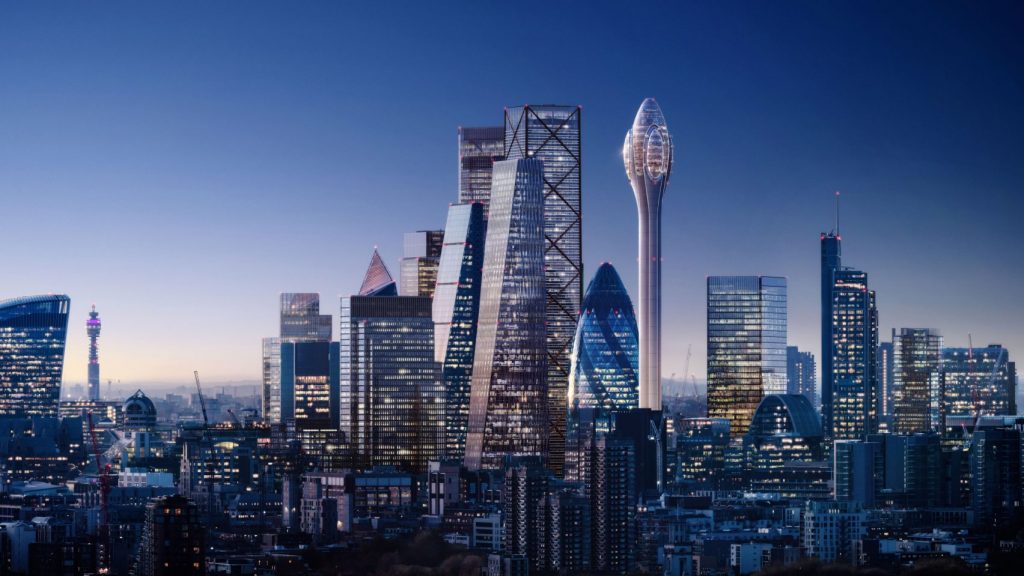
Development of the proposed Tulip tower designed by Foster + Partners has been rejected by the UK government over concerns about embodied carbon and the quality of its design.
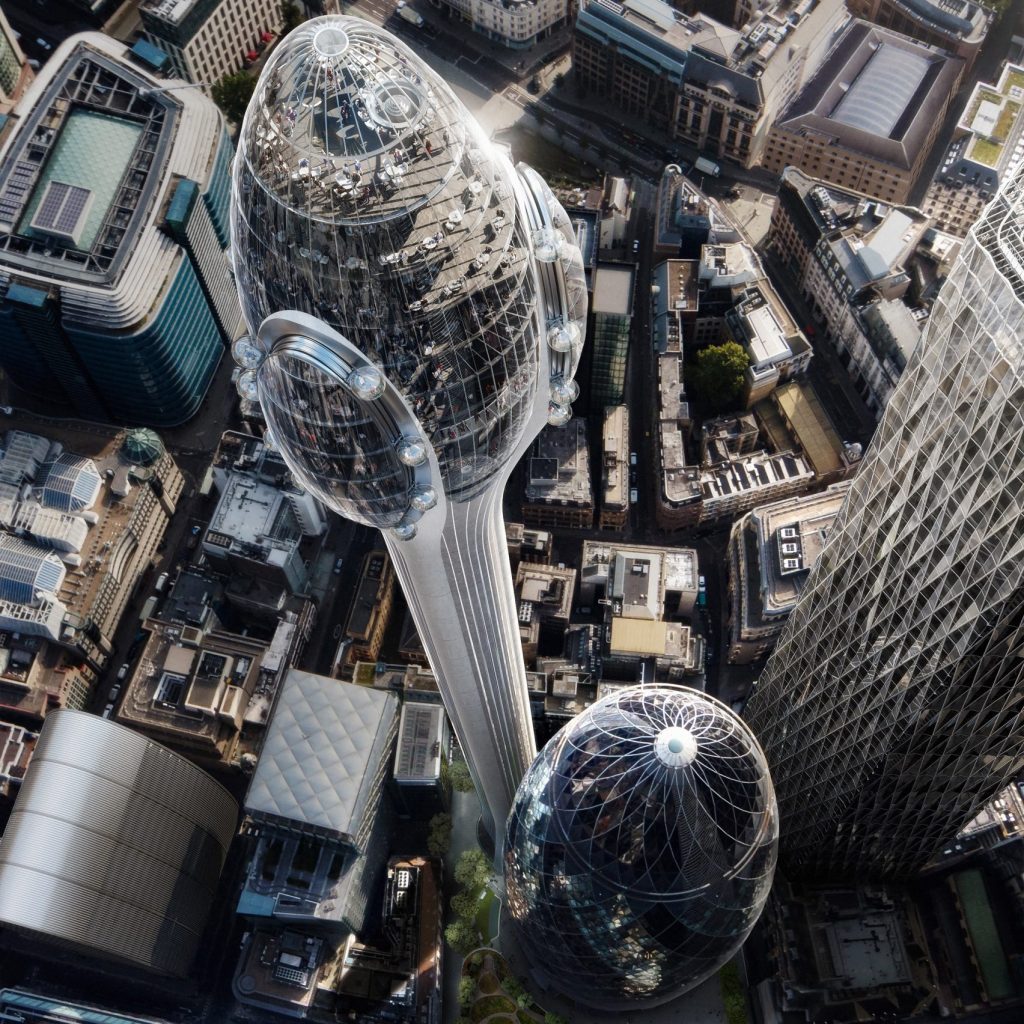
The Tulip by Foster + Partners (also header image)
The 305.3-metre tall tourist attraction that would have become the tallest structure in the City of London, was planned to be built alongside the Gherkin in London. It was designed to look like a bulbous tulip flower with its London viewpoint on top of a thin stem. Visitors would have been offered access to rotating gondolas fixed to the three sides of the façade for tourists to enjoy extraordinary vistas of the capital, as well as a bar and a restaurant with 360-degree views, and an education centre.
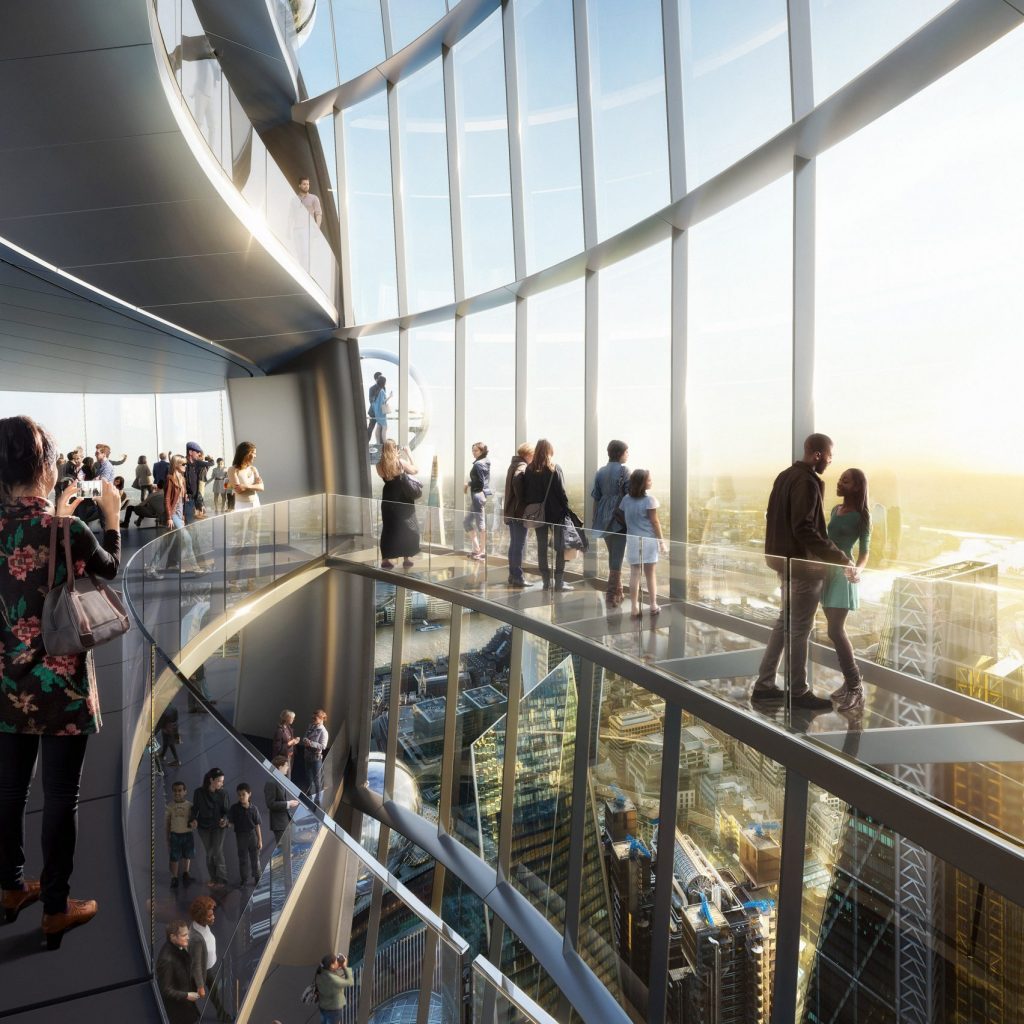
The Tulip by Foster + Partners
The tower was meant to begin construction in 2020, with an opening date planned for 2025. However, Mayor of London Sadiq Khan overruled the City of London Corporation to reject the proposal in 2019, with the government calling in the final decision following an appeal by the developer, Brazilian billionaire Jacob Safra. In 2021, the concept was criticized by the UK Government as “highly unsustainable,” for it would have used vast quantities of reinforced concrete for the foundations and lift shaft to transport visitors to as high a level as possible to enjoy a view.
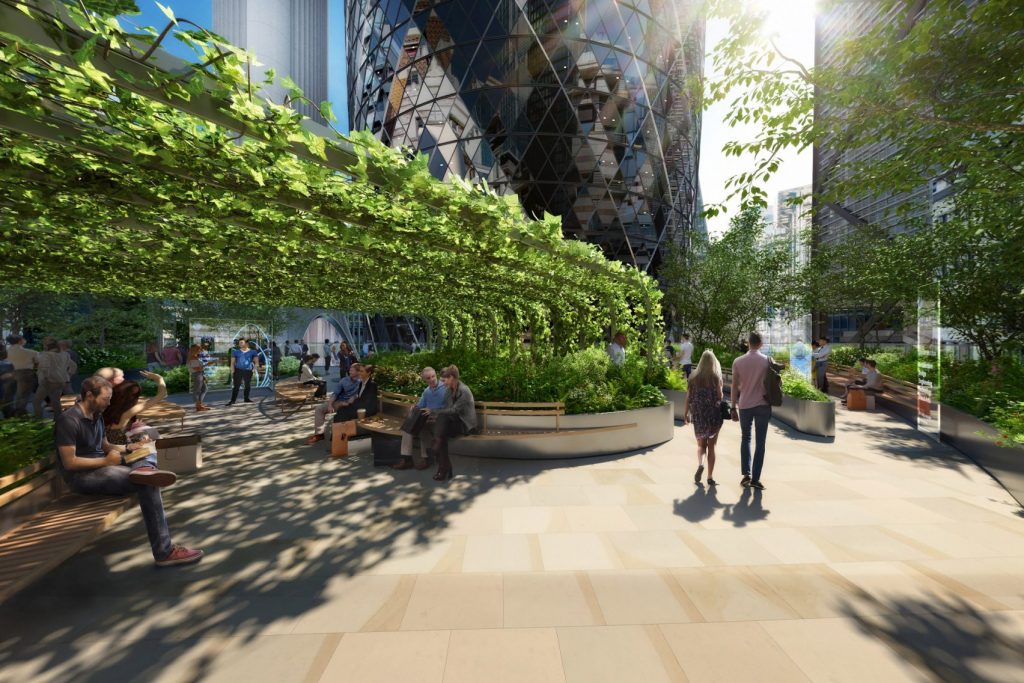
The Tulip by Foster + Partners
Besides, UK housing secretary Michael Gove concluded that the economic, tourism and educational benefits of the controversial tower were outweighed by the harm it would cause “to the significance of designated heritage assets,” such as the nearby Tower of London.
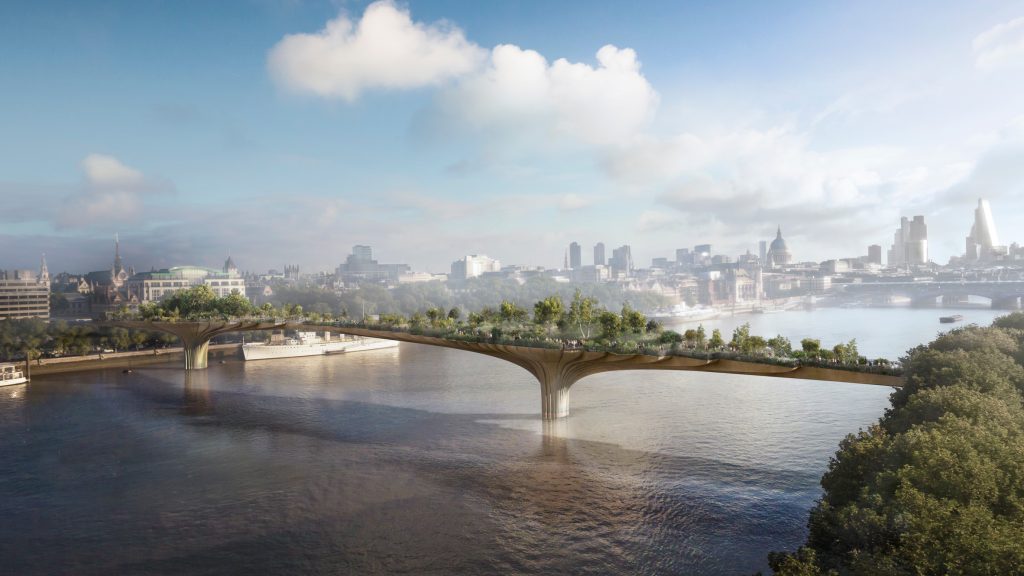
Garden Bridge by Heatherwick Studio
Commissioned by Transport for London, scenic Garden Bridge developed by London-based Heatherwick Studio was conceived to improve pedestrian links across the river. The beautiful renders showed two fluted piers supporting a walkway planted with grasses, trees, wild flowers, and plants, unique to London’s natural riverside habitat, and offering views of the great cityscapes all around. The concept was backed by former London mayor Boris Johnson.
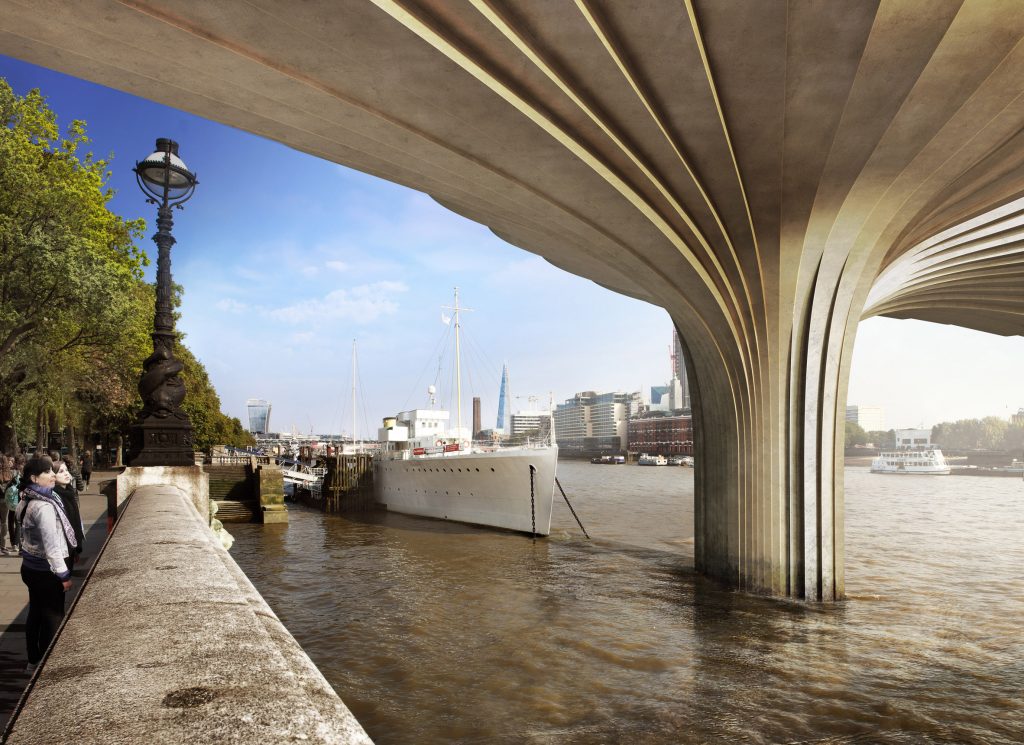
Garden Bridge by Heatherwick Studio
However, even before the bridge was given planning consent in 2014, the project faced a multitude of funding issues and questions about how it would be used. Three years later, the Garden Bridge Trust, the charity set up to build and run the bridge, was forced to announce the end of the project because of lack of support going forward from London mayor Sadiq Khan.

Garden Bridge by Heatherwick Studio
Khan withdrew his support for the bridge following a financial inquiry, which found that the scheme, which had started out with an estimated price tag of £60 million, would likely cost over £200 million. The report also raised concerns about an unfair procurement system that favoured Heatherwick Studio and Arup for the job. As a result, the Mayor concluded that construction and maintenance costs put public money at risk, so the bridge was cancelled.
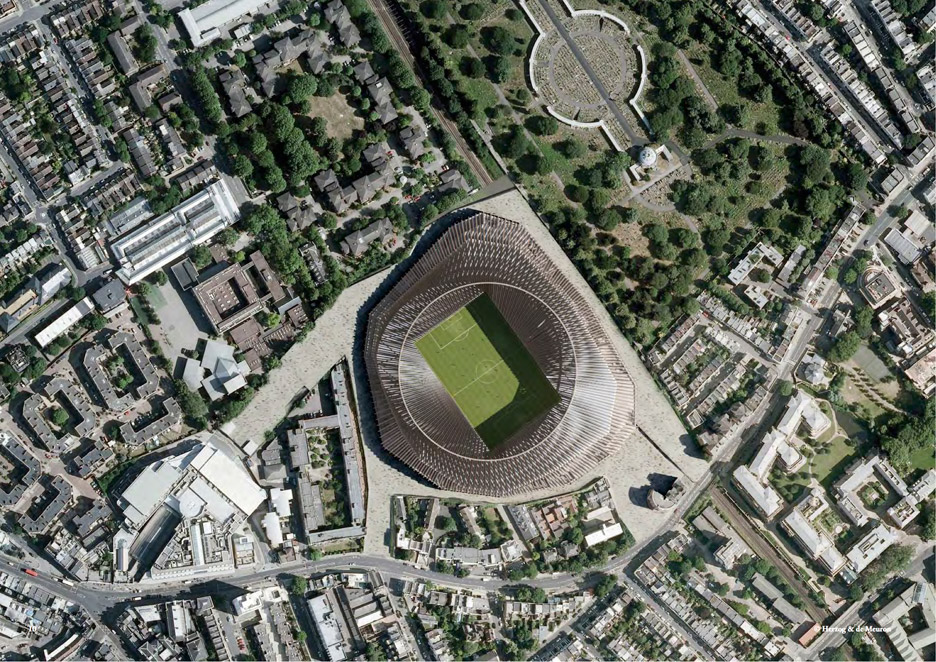
Chelsea FC’s Stamford Bridge stadium by Herzog & de Meuron
Swiss practice Herzog & de Meuron unveiled its project of Chelsea FC’s Stamford Bridge stadium renovation in 2015.
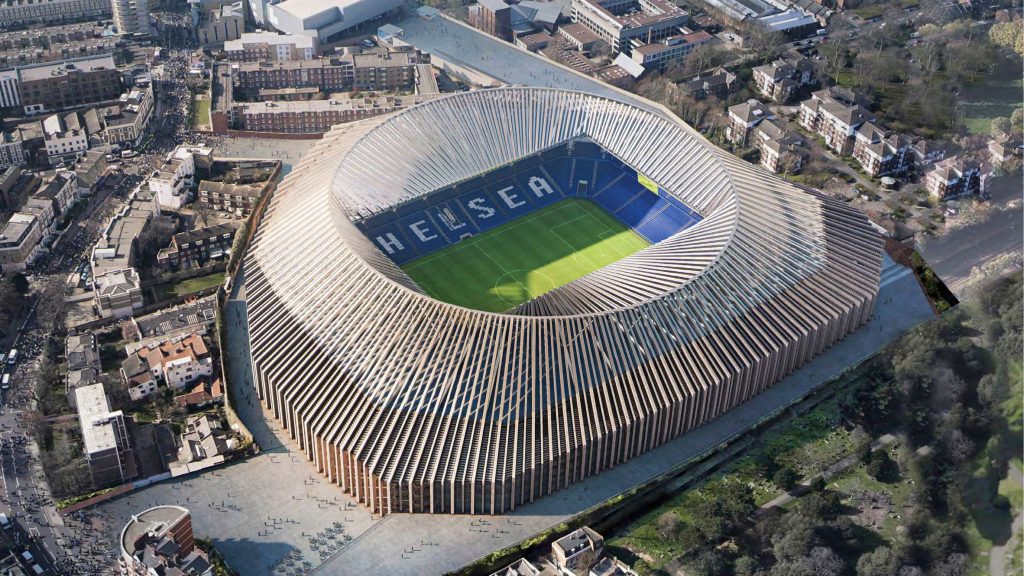
Chelsea FC’s Stamford Bridge stadium by Herzog & de Meuron
The main aim of the overhaul project was to increase spectator capacity from 41,837 to 60,000. The most prominent feature of the proposal was the addition of 264 brick piers that would extend over the existing stadium structure dating back to 1876 to support a steel ring above the pitch, creating a covered walkway around its perimeter.
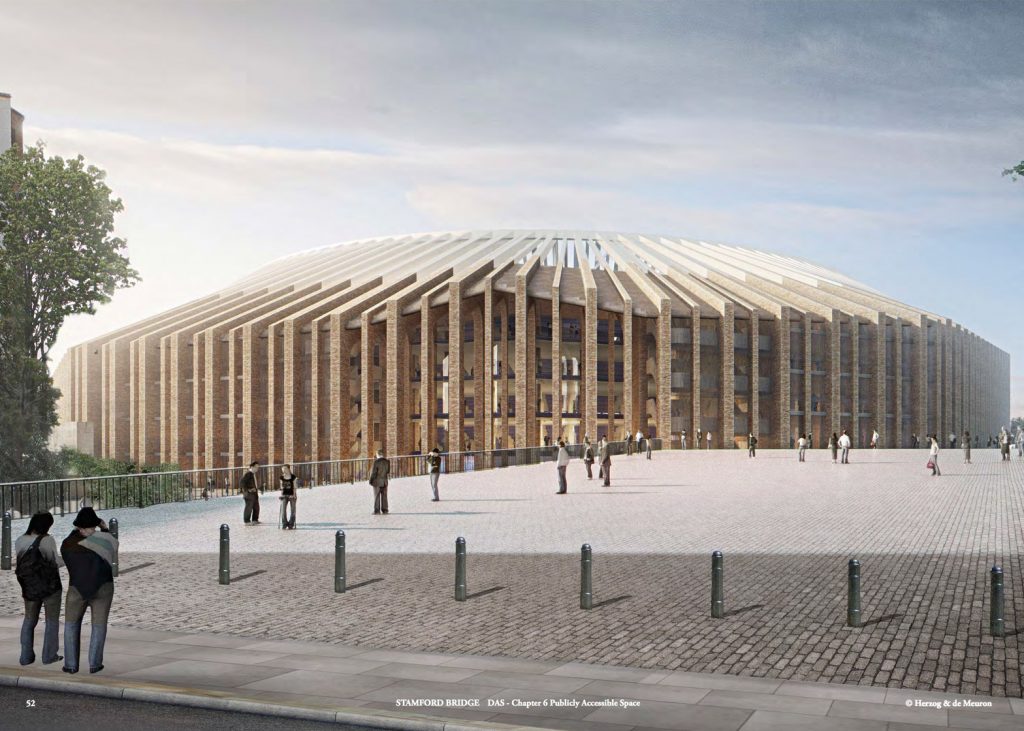
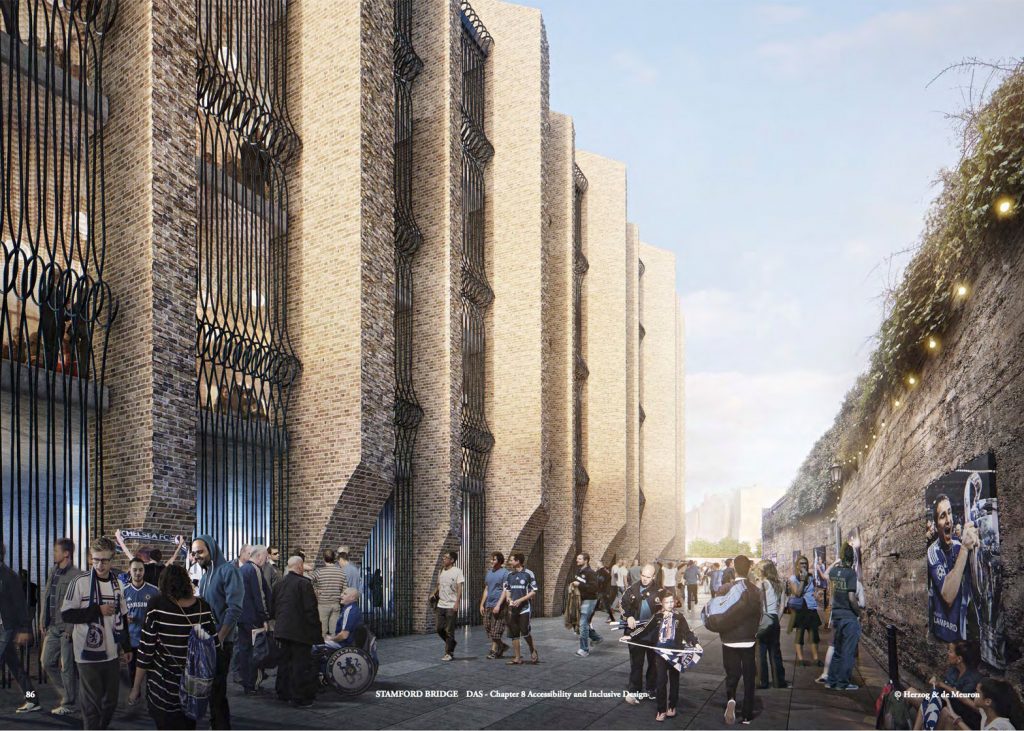
Chelsea FC’s Stamford Bridge stadium by Herzog & de Meuron
The brickwork, which was intended to reference local architecture, would create the necessary room for extra stands as well as a shop, museum and restaurant.
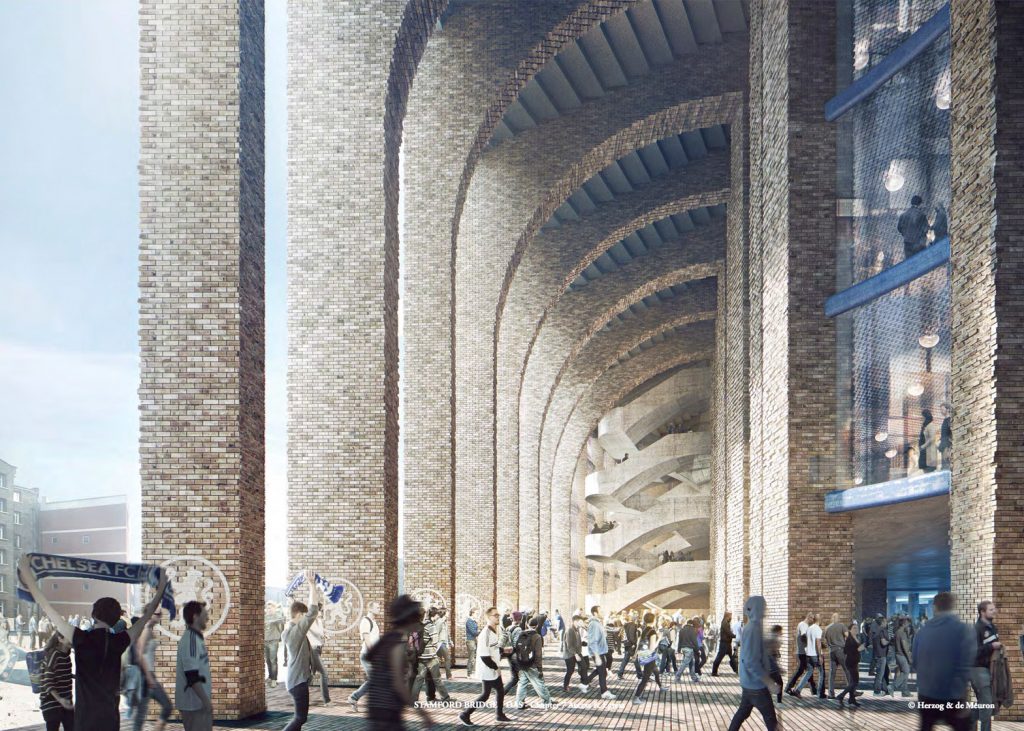
Chelsea FC’s Stamford Bridge stadium by Herzog & de Meuron
Still, no progress was made on the project since it had been granted planning permission in 2017. The development was put on hold due to an “unfavourable investment climate,” until the planning consent ran out in 2020.